And yes, I'm enough of a fan to know that starship names should be italicized. You'll thank me someday when I talk about "the Enterprise of Enterprise" and you can readily identify which one's the TV show. But I digress.
I bring this up because, once a month, I receive two meticulously detailed and screen-accurate model starships from the Star Trek Official Starships Collection, each one accompanied by a magazine filled with neat photos of the featured ship, its fictional history within the Star Trek universe, behind-the-scenes stories about its real-world development, and distracting grammatical errors. (P.S.: Eaglemoss, if you ever need an editor with content area expertise...) The ships come from all corners of Star Trek's 50-year history: icons such as the USS Enterprise-D, the NX-01 (I'll refrain from saying "the Enterprise of Enterprise" so soon), and Deep Space Nine (which is a space station and not a starship, but I'm not complaining); that one cool ship you saw in the background in First Contact; that weird ship that only appeared in one episode of Voyager...really, anything and everything. Short of buying me an actual, functional starship, this is as good as it gets for a geek like me.
The USS Enterprise of the original Star Trek (TOS) is simultaneously very '60s and very forward-thinking. The ship cuts a memorable figure, distinct from the flying saucers and rocket ships that had dominated science fiction up until that point, but the surface details are only slightly more complex than anything you'd see in Buck Rogers or Flash Gordon. It's retro and futuristic at the same time, which makes it difficult to revise for a modern audience without sacrificing some part of its identity. It's also a beloved icon, so someone is bound to complain, no matter what you do. I get that.
It doesn't even look like a distant relative. My wife says it looks like a Fisher-Price toy.
Part of the reason I like the Vengeance so much is that it at least looks like a plausible product of Starfleet covert ops engineering. It's essentially a mashup of two canonical starship classes (Constitution refit and Sovereign), with creative elements that give the ship a unique look without altering the weight and lines of traditional Starfleet design. Even the Kelvin, lopsided as it is, has a sense of balance in line with that of the Oberth or Constellation classes.
Any other elongated class of starship with a sense of movement to its design (e.g., Excelsior, Sovereign) has the look of a graceful bird or a swift predator about it. The Abramsprise has the look of an animal that was injected with whatever absurd vaccine McCoy gave to Kirk that made his hands swell up in the film. The nacelles are oversized jet thrusters hanging onto the back of the ship for dear life, and the saucer section fits onto the secondary hull like a full-sized sombrero on a child. There's no way this ship was designed by the same Starfleet engineers who would've made the Enterprise we know and love if some angry Romulan hadn't killed Kirk's dad.
Here's a comparison shot that helps illustrate how absurdly exaggerated the Abramsprise's features are—note that the engineering hull is basically the same size on both vessels (and also the bridge module, but you can barely tell here):
NuTrek had an opportunity to craft an Enterprise that made more sense as a successor to the NX-01. And as far as the story is concerned, there's not nearly enough of a rationale for why the new Enterprise looks so drastically different from the one that would have been designed if Nero hadn't shown up for two minutes. Early design sketches of the reboot Enterprise hint at a faithfulness to the source material, but the finished product seems to reflect the personal taste of the director more than the 50 years of Star Trek history that should have played into the design. I could even live with the retro-futuristic design if it leaned more toward TOS in terms of surface detail; ironically, those complex textures make the ship look too close to the Starfleet aesthetic from TMP onward, which only serves to emphasize the differences with the rest of the ship.
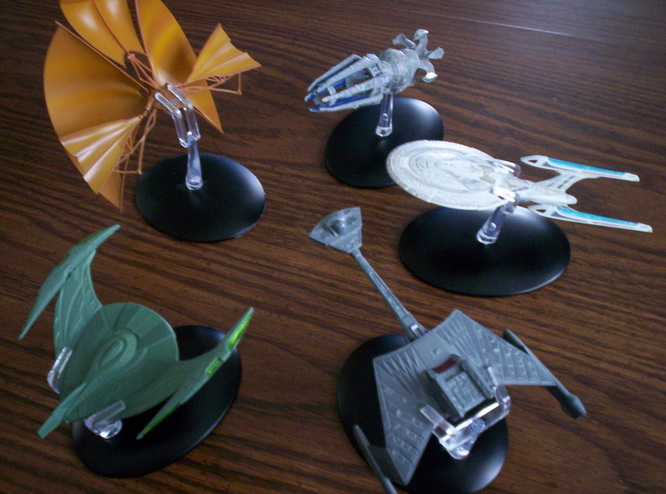
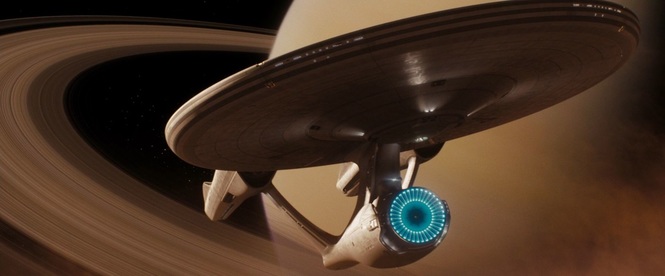
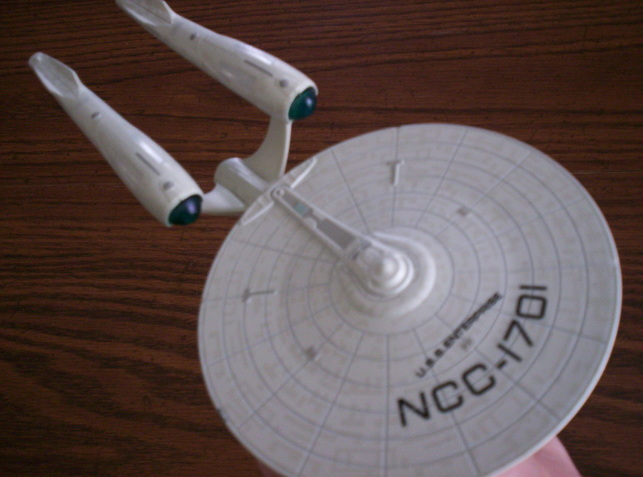
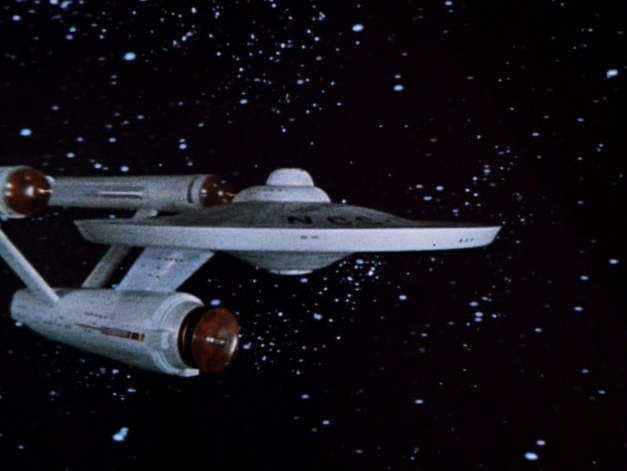
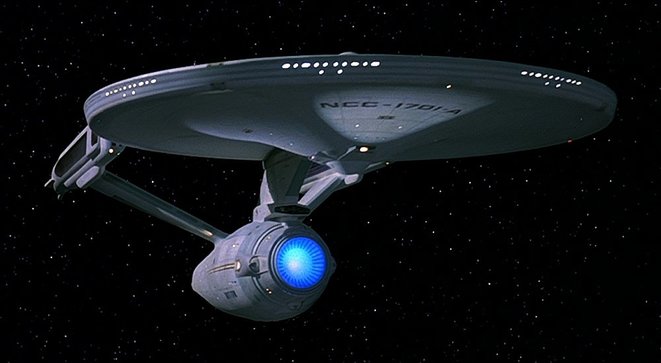
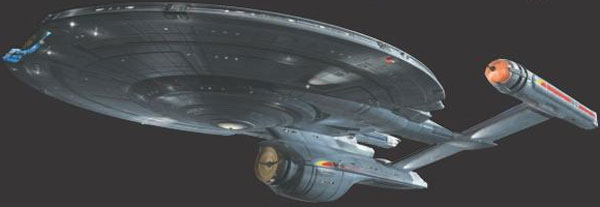
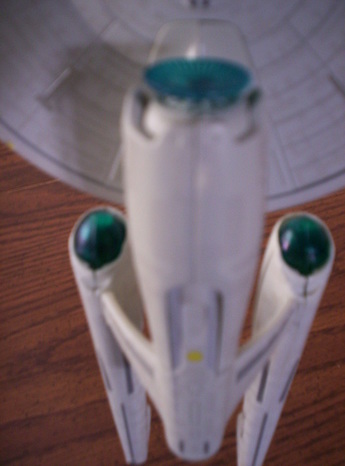
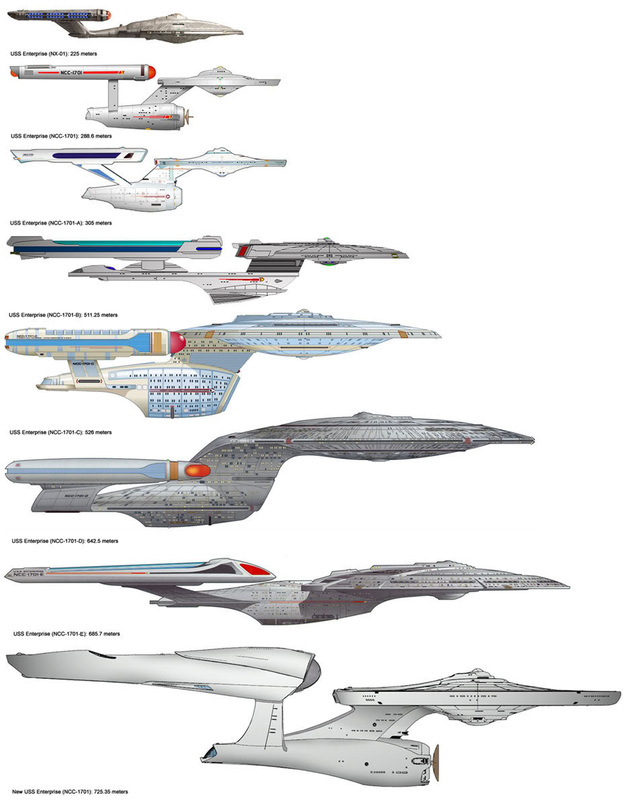
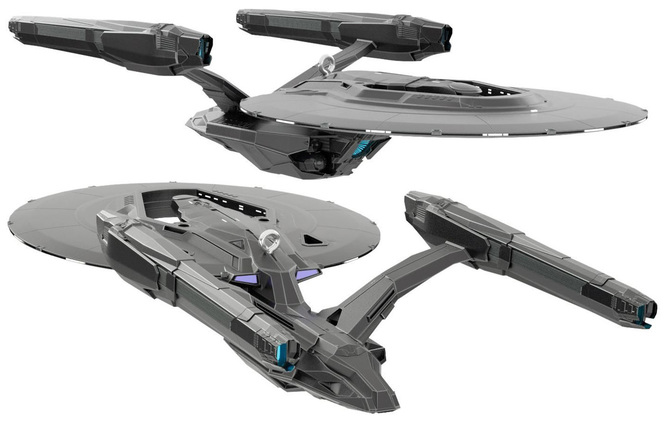
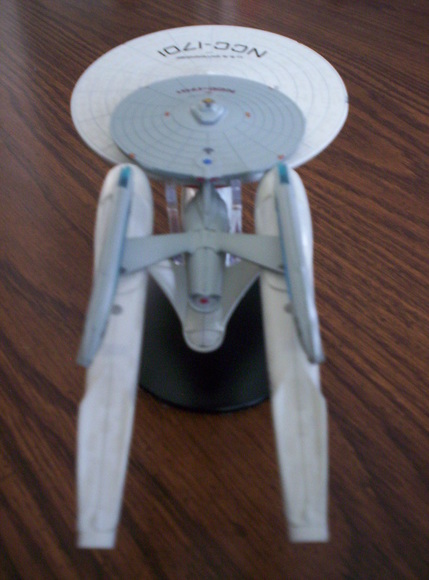
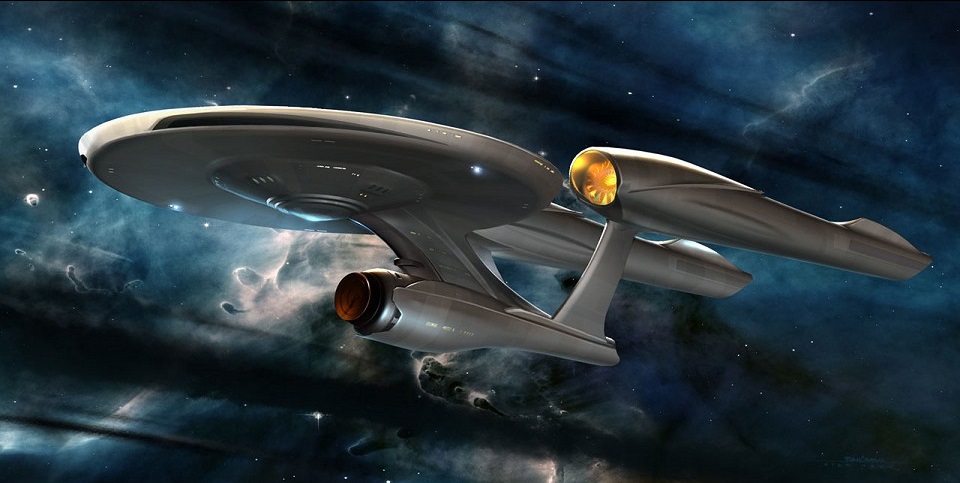
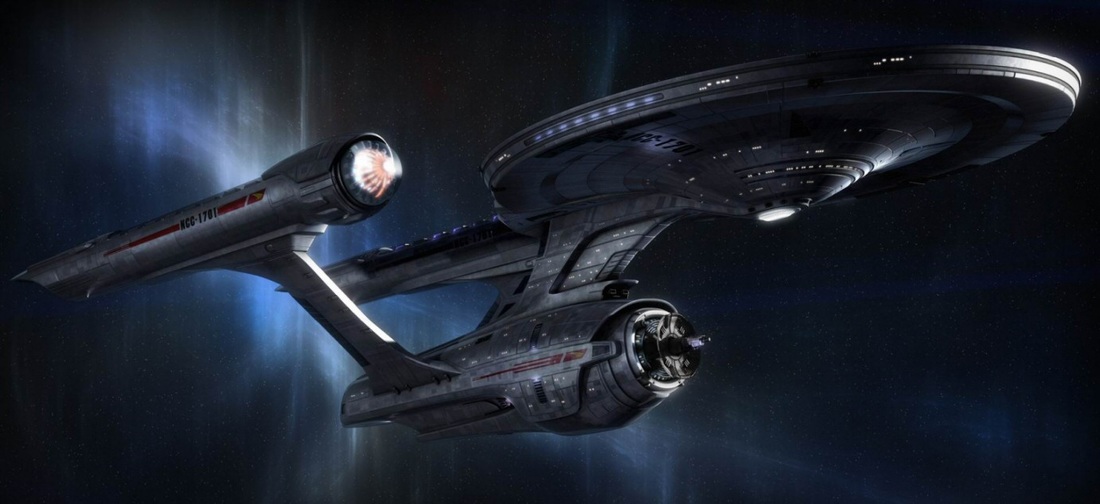
 RSS Feed
RSS Feed

